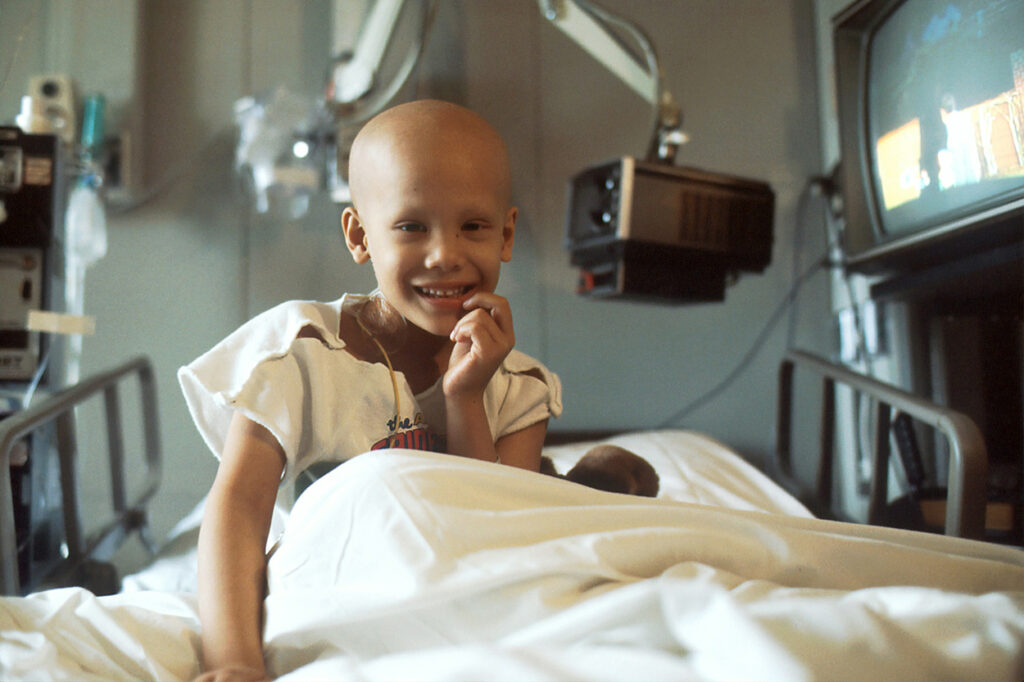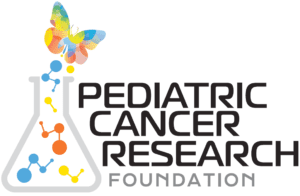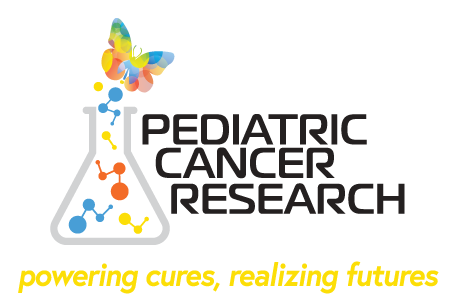By Bill Thomas | July 2, 2024
There are many differences between pediatric and adult cancers. One of the biggest such differences is what actually causes pediatric and adult patients to develop cancer in the first place.
For childhood cancer patients, the disease is most often the result of inherited genetics, rather than environmental factors such as cigarette smoke or UV rays. This is because a person typically has to be exposed to carcinogens over a long period of time before the cancer-causing mutations can occur. In most cases, pediatric cancer patients are simply too young to develop cancer from environmental factors.
Conversely, patients who are diagnosed with cancer as adults typically develop the condition precisely because they are older and thus have had many more years of exposure to external carcinogens. In fact, a commonly cited study published in 2008 found that only 5-10% of all cancer cases could be attributed to genetic defects, while a staggering 90-95% have their roots in environment and lifestyle.
That said, “most” doesn’t mean “all.” Just as there’s no shortage of adults whose cancer is the result of the genes they were born with, there are some children and teens whose cancer was caused by environmental factors. It’s also important to remember that an infant’s exposure to carcinogens can begin even before they are born, with prenatal development being an especially vulnerable time.

Two recent studies highlight these facts and, in doing so, remind us that sometimes cancer can be prevented.
The first study, published in December of 2023, links childhood leukemia, the most common of childhood cancers, with prenatal exposure to a class of chemicals called PFAS (perfluoroalkyl and polyfluoroalkyl substances), which are found in many common household products. The second study, published in February of 2024, links several types of pediatric cancer to air pollution and suggests that children raised in areas with higher vegetation density are less likely to develop childhood cancers.
In the sections below, we’ll go in-depth into each of these studies’ findings, as well as consider what the information they’ve uncovered could mean for the future of pediatric cancer research.
What Are PFAS & How Are They Linked to Pediatric Cancer?
“PFAS” is short for “perfluoroalkyl and polyfluoroalkyl substances,” a class of chemicals sometimes referred to as “forever chemicals” due to their high degree of durability and their ability to last for thousands of years before breaking down naturally.
These qualities make PFAS useful for manufacturers of common household products like non-stick cookware, grease-resistant food packaging and waterproof clothing. Unfortunately, the same qualities also make prolonged exposure to PFAS virtually unavoidable, with the Center for Disease Control’s Agency of Toxic Substances and Disease Registry noting that measurable amounts of PFAS can be found in the blood of nearly every person in the United States today.

There is a growing body of evidence linking PFAS exposure to cancer in adults. However, until recently, almost no studies have examined the connection between prenatal PFAS exposure and childhood cancers. It was only in December of 2023 that a team of researchers from the National Cancer Institute published findings linking PFAS to childhood leukemia.
The researchers examined the blood tests of 800 pregnant mothers from 1986 to 2010, comparing the levels of PFAS in the mothers’ blood with the later health outcomes of their children. They discovered that mothers with the highest levels of a specific PFAS called perfluorooctane sulfonic acid (PFOS) also had children with the highest risk of developing acute lymphoblastic leukemia (ALL).
These findings are significant not just because they are among the first such findings linking PFAS to pediatric cancers, but because ALL is a type of pediatric cancer with relatively few identifiable risk factors. Further research could help doctors provide better preventative care options for at-risk children. Additionally, this information could help people make positive lifestyle changes, such as avoiding products that contain PFAS or advocating for stricter regulation of manufacturing using PFAS.
How Can Residential Vegetation Reduce Pediatric Cancer Risk?
Prolonged exposure to air pollution is a well-known risk factor for adult cancer development, especially lung cancer. In recent years, however, an increasing amount of evidence has been unearthed connecting air pollutants to other kinds of cancers, including breast, liver and pancreatic cancer. Much of this evidence specifically points to fine particulate matter, or PM2.5, as the cause.
PM2.5 pollution refers to pollutants whose particles are 2.5 microns or less in diameter. To put into perspective how small that really is, a single strand of human hair is around 50-70 microns in diameter. Much of the PM2.5 pollution found in our air today is produced by emissions from the combustion of gasoline, oil, diesel fuel, or wood. These particles are then inhaled and can build up in the lungs over time, damaging DNA and causing cancerous mutations.

Of course, adults aren’t the only ones whose health is threatened by PM2.5. In February of 2024, a team led by researchers from the University of Minnesota’s Masonic Cancer Center and the University of Minnesota Medical School published a study linking PM2.5 exposure during children’s birth years to a heightened risk of all pediatric cancers, in particular lymphoid leukemia, lymphoma, ependymoma, retinoblastoma, and thyroid carcinoma.
For the study, researchers examined over 6,000 children with cancer and 109,000 children without cancer throughout the state of Texas. They also investigated environmental exposures that could potentially decrease the risk of cancer, ultimately identifying a link between greater residential greenness (i.e. how much vegetation an area has) and a reduced risk of ependymoma and medulloblastoma, two of the most common malignant brain tumors in children. This may be because plants are capable of removing up to 20% of PM2.5 from the air.
In a press release issued by the University of Minnesota, researchers said they plan to continue studying the impact of PM2.5 and residential greenness on pediatric cancer development. They hope this data could be used to employ risk reduction and prevention strategies through policy measures or through changes in the environment, such as by planting more trees in residential areas.
Studies such as these help to deepen the global knowledge of pediatric cancer and its causes. If you would like to stay up-to-date with the latest news shaping the future of pediatric cancer research, make sure to follow the Profectus Blog today!




